Search
Did you mean: Thera?
Search Results
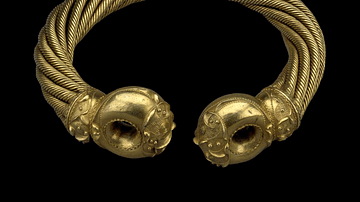
Article
Ancient Celtic Torcs
In ancient Celtic cultures, torcs were a common form of jewellery and were made from bronze, copper, silver, and gold. Torcs were not just exquisite works of Celtic art but also identified the wearer’s status and perhaps were believed to...

Definition
Crusades
The Crusades were a series of military campaigns organised by popes and Christian western powers to take Jerusalem and the Holy Land back from Muslim control and then defend those gains. There were eight major official crusades between 1095...

Definition
War of the Sixth Coalition
The War of the Sixth Coalition (1813-1814), known in Germany as the Wars of Liberation, was the penultimate conflict of the Napoleonic Wars (1803-1815). The Sixth Coalition, which included Russia, Austria, Prussia, the United Kingdom, Sweden...
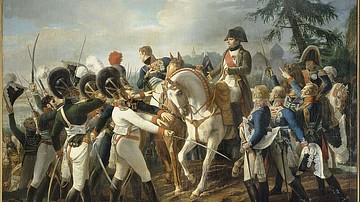
Definition
War of the Fifth Coalition
The War of the Fifth Coalition (1809) was a major conflict of the Napoleonic Wars (1803-1815) that was fought primarily in Central Europe between the First French Empire and its client states against the Austrian Empire, supported by the...

Article
Mark Antony's Parthian Campaign
In 36 BCE, Mark Antony (83-30 BCE) invaded Parthia, hoping to render himself one of the great conquerors of the Greco-Roman world, but he was stymied by Parthian forces and obliged to undertake an arduous, costly retreat. What to make of...

Image
Map of Europe Before the Fall of Constantinople, c. 1450
This map illustrates the political landscape of Europe, East Asia, the Middle East, and North Africa around the year 1450 CE—a pivotal moment on the eve of major geopolitical transformations. At this time, the Byzantine Empire clung to its...
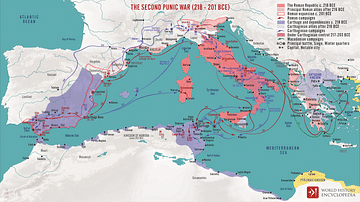
Image
The Second Punic War (218 - 201 BCE)
A map illustrating the outbreak and course of the Second Punic War, a series of prolonged military conflicts between the Carthaginian (Punic) empire and the Roman Republic for domination over the western Mediterranean. Began in 218 BCE with...

Image
Map of Viking Exploration, 8th-11th Century
This map illustrates the sweep of Viking exploration between the late 8th and early 11th centuries, charting longship routes from Scandinavia to the British Isles, Normandy, Iberia, Russia, the Mediterranean, and across the North Atlantic...
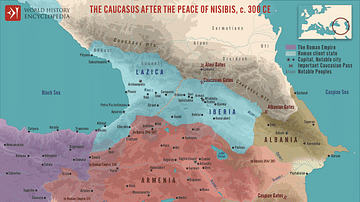
Image
The Caucasus after the Peace of Nisibis, c. 300 CE
A map illustrating the Caucasian states after the First Peace of Nisibis in 299 CE depicts a period of geopolitical stability and well-defined borders between the Roman and Sassanid Empires. This treaty, aimed at settling disputes and establishing...
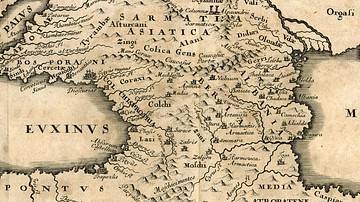
Image
Map of Colchis
Detail from the map “Bosporus, Maeotis, Iberia, Albania et Sarmatia Asiatica “ by CHRISTOPHORUS CELLARIUS (1638-1707), from the book “Notitiae Orbis Antiqui sive Geographiae Plenioris Tomus Alter Asiam et Africam“, printed in Leipzig by Gleditschi...